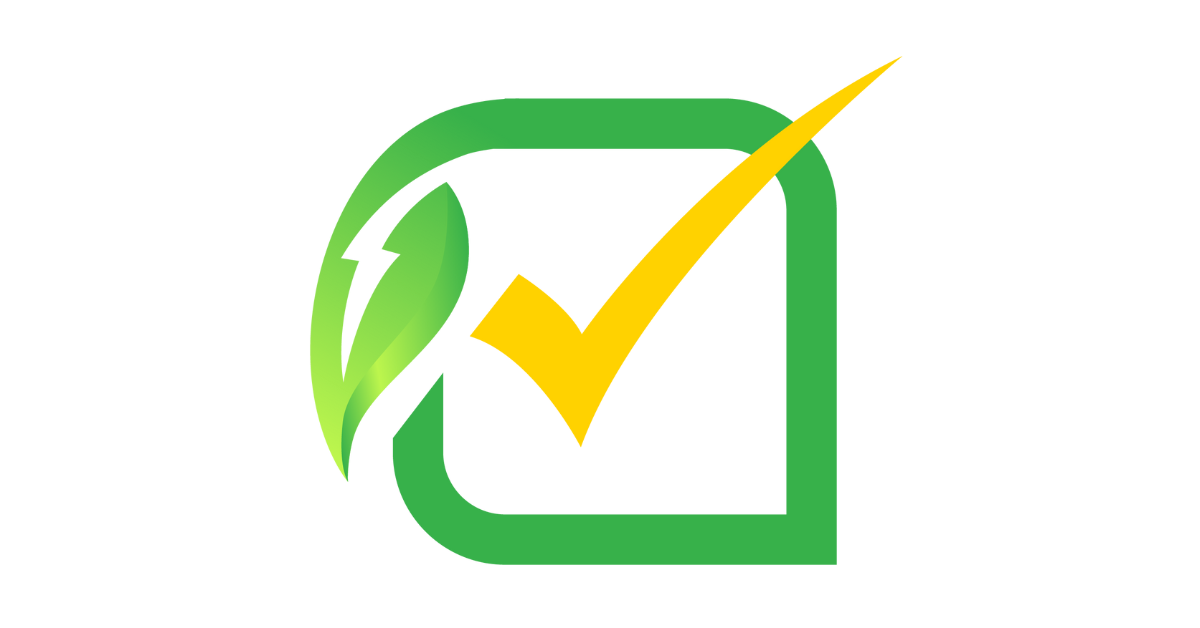As solar power continues to gain momentum as a sustainable energy solution, many homeowners in Australia are considering investing in a solar system to reduce their reliance on fossil fuels and save on their electricity bills. Among the popular options is a 6.6kW solar system, which is commonly used for residential properties. In this blog post, we will delve into the cost of a 6.6kW solar system in Australia, providing homeowners with a better understanding of what to expect in terms of pricing.
The cost of a 6.6kW solar system can vary depending on several factors, including the quality of the components, installation complexity, location, and any additional features or services included. As of 2023, the average cost of a basic 6.6kW solar system in Australia can range from $1000 to $3000 per kilowatt (after federal rebates), resulting in a cost anywhere from $4000 to $12000 for the entire system. However, it’s important to note that these are rough estimates, and prices may vary significantly based on individual circumstances.
One of the main components that impact the cost of a solar system is the quality of the solar panels. There are various brands, types, and efficiencies of solar panels available in the market, ranging from standard to premium options. Higher quality panels with better efficiency and durability tend to be more expensive, but they may also provide better performance and longer lifespan, making them a worthwhile investment in the long run.
Another factor that affects the cost is the type of inverter used in the system. Inverters are responsible for converting the direct current (DC) electricity generated by the solar panels into alternating current (AC) electricity that can be used to power household appliances. There are different types of inverters, such as string inverters, microinverters, and hybrid inverters, each with its own pros and cons in terms of performance and cost. The type and brand of inverter chosen can impact the overall cost of the system.
Installation complexity is another consideration that affects the cost of a 6.6kW solar system. Factors such as the roof type, shading, and orientation of the solar panels can influence the installation process and labor costs. For instance, if the roof has multiple angles or requires additional reinforcement, it may increase the installation cost. Similarly, if there are shading issues from trees or neighboring buildings, additional measures such as tilt frames or optimizers may be needed, adding to the overall cost.
Installation quality is also a massive cost component, and often the most forgotten or neglected cost by some shoppers. The quality of the installation will dictate how well your products work. Whether you go for a mid-range system or a high-end monster, fleshed out with batteries and all the trimmings, they will function like an entry-level lemon if they are installed properly. You need to source experienced, CEC certified and fully licensed electricians, such as those who work with Certified Energy Group
In conclusion. Some people tend to want to avoid chatting with a consultant for as long as possible to prevent ‘being sold to’ However, you should seek to find a trusted company that is willing to answer questions, inspect the install site, and provide you with a clear outline of the costs involved for your desired solar path.
That’s where Certified Energy Group can help! We are a Solar retailer started by installers! We hold the quality of our work and products to the highest regard and would love to help answer your solar questions either other the phone or in a free no-obligation consultation.
